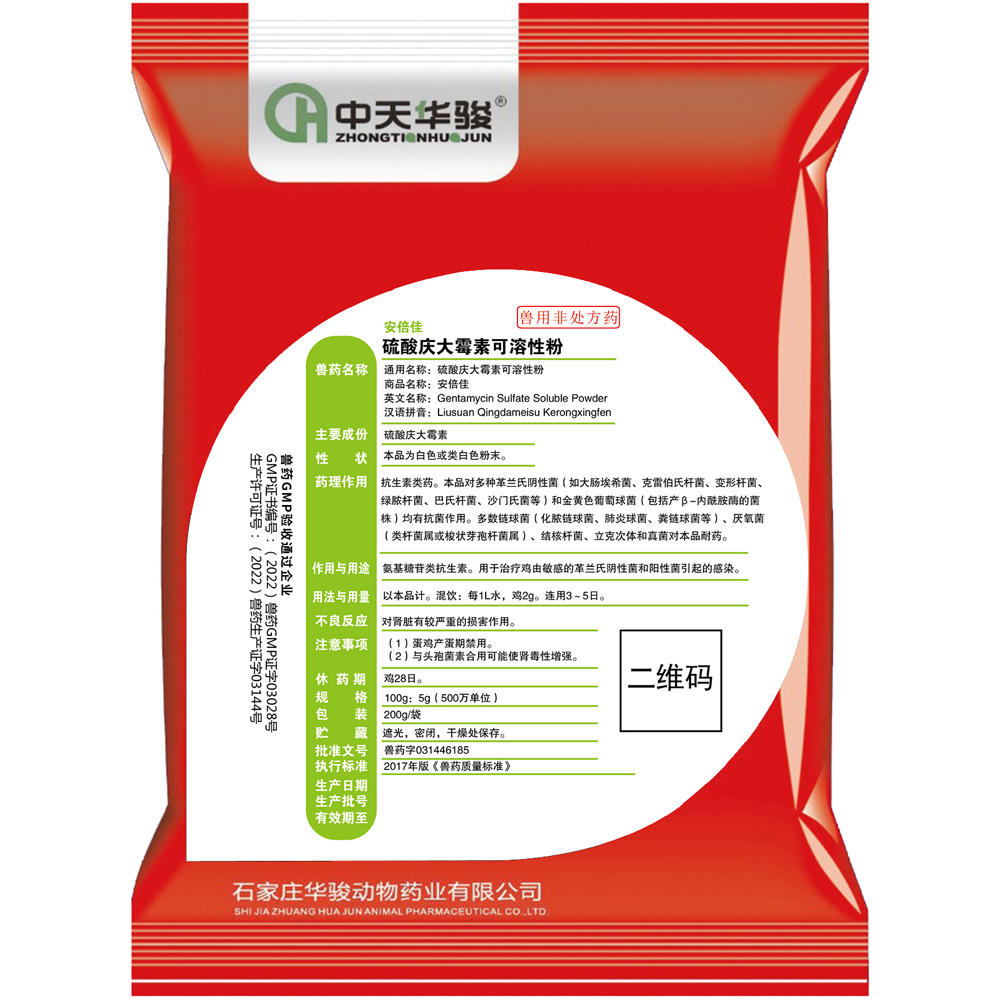
دسمبر . 10, 2024 11:26 Back to list
china chilodoniasis
Chilodoniasis An Emerging Threat to Aquatic Life in China
Chilodoniasis is a disease caused by the ciliated protozoan parasite *Chilodonella* spp., which primarily infects fish, leading to significant economic and ecological impacts, particularly in regions like China where aquaculture is a vital industry. This article explores the nature of chilodoniasis, its implications for fish health, the aquaculture industry in China, and potential strategies for management and control.
Understanding Chilodoniasis
*Chilodonella* spp. are ciliated protozoa that inhabit freshwater environments and are known to be ectoparasites on fish. Chilodoniasis is characterized by a range of symptoms that can severely affect the health of infected fish, including lethargy, abnormal swimming patterns, excessive mucus production, and lesions on the skin and gills. Infestations can lead to osmoregulatory failure, respiratory distress, and ultimately, mortality if left untreated.
Various factors contribute to outbreaks of chilodoniasis, including overpopulation, poor water quality, and stress conditions such as temperature fluctuations. In China, where fish farming often involves intensive production systems, these conditions can easily lead to increased instances of infection.
The Aquaculture Landscape in China
China is the world's largest producer and consumer of aquatic products, accounting for more than 50% of global aquaculture production. With the rapid growth of the aquaculture industry, ensuring the health of fish stocks has become paramount. Chilodoniasis poses a significant threat to this industry, as outbreaks can lead to heavy losses for fish farmers and disrupt local economies.
The economic ramifications of chilodoniasis in China's aquaculture sector can be severe. Infected fish may require treatment, which can be costly and time-consuming. Moreover, there's the risk of substantial fish mortality, which not only affects the livelihoods of farmers but can also lead to shortages in the marketplace. With the demand for fish continuing to rise, particularly in urban areas, managing diseases like chilodoniasis is crucial for sustaining production.
Diagnostic Challenges
Diagnosing chilodoniasis can be challenging due to its symptoms often mimicking other fish diseases. Routine monitoring, including microscopic examination of affected fish, is essential for accurate diagnosis. However, many fish farmers may lack the resources and training to carry out effective diagnostics. Understanding the disease’s life cycle and the likelihood of outbreaks is critical to developing successful management strategies.
china chilodoniasis

Strategies for Management and Control
Preventing chilodoniasis involves a multifaceted approach, enlisting best practices in fish husbandry, biosecurity measures, and environmental management. Here are some strategies that could be adopted
1. Water Quality Management Maintaining optimal water quality parameters is crucial. Regular monitoring of pH, temperature, and dissolved oxygen levels can help mitigate stress factors that predispose fish to infection.
2. Stock Density Control Overcrowding in aquaculture systems increases stress and the likelihood of disease transmission. Farmers should adopt strategic stocking densities to reduce stress among fish populations.
3. Regular Health Monitoring Implementing routine health checks can help in early diagnosis and timely treatment of infected fish. Training and resources for farmers to identify health issues are essential.
4. Biosecurity Measures Limiting the introduction of new fish into established stocks without proper quarantine and health checks can prevent the spread of *Chilodonella* infections.
5. Treatment Protocols In cases of infection, appropriate antiparasitic treatments should be administered. Research into effective treatment protocols can aid farmers in managing outbreaks more efficiently.
6. Educational Programs Training programs for fish farmers about the nature of chilodoniasis, prevention strategies, and treatment options can empower them and reduce the prevalence of infections.
Conclusion
Chilodoniasis is an emerging concern for aquaculture in China, with significant implications for fish health and the industry as a whole. By understanding the disease's characteristics and implementing effective management strategies, fish farmers can mitigate its impact, ensuring a sustainable aquaculture sector. Continuous research and education will be essential in adapting to the challenges posed by this and other aquatic diseases, ultimately contributing to the global quest for food security through responsible aquaculture practices.
-
Enterococcus Faecalis Mold Remover - Leading Manufacturers & Suppliers, Trusted Factories
NewsJul.05,2025
-
Premium Color-Enhancing Fish Feed Leading Manufacturer & Supplier Factory
NewsJul.05,2025
-
High-Quality Porcine Toxoplasmosis Solutions - Trusted Manufacturers & Suppliers
NewsJul.05,2025
-
Premium Immune Enhancement Products Trusted Manufacturer & Supplier Factory Solutions
NewsJul.04,2025
-
Top Hemoglobinuria Manufacturer & Supplier Reliable Hemoglobinuria Factory Solutions
NewsJun.24,2025
-
Premium Honeysuckle Products - Leading Honeysuckle Manufacturer & Supplier Factory
NewsJun.10,2025




